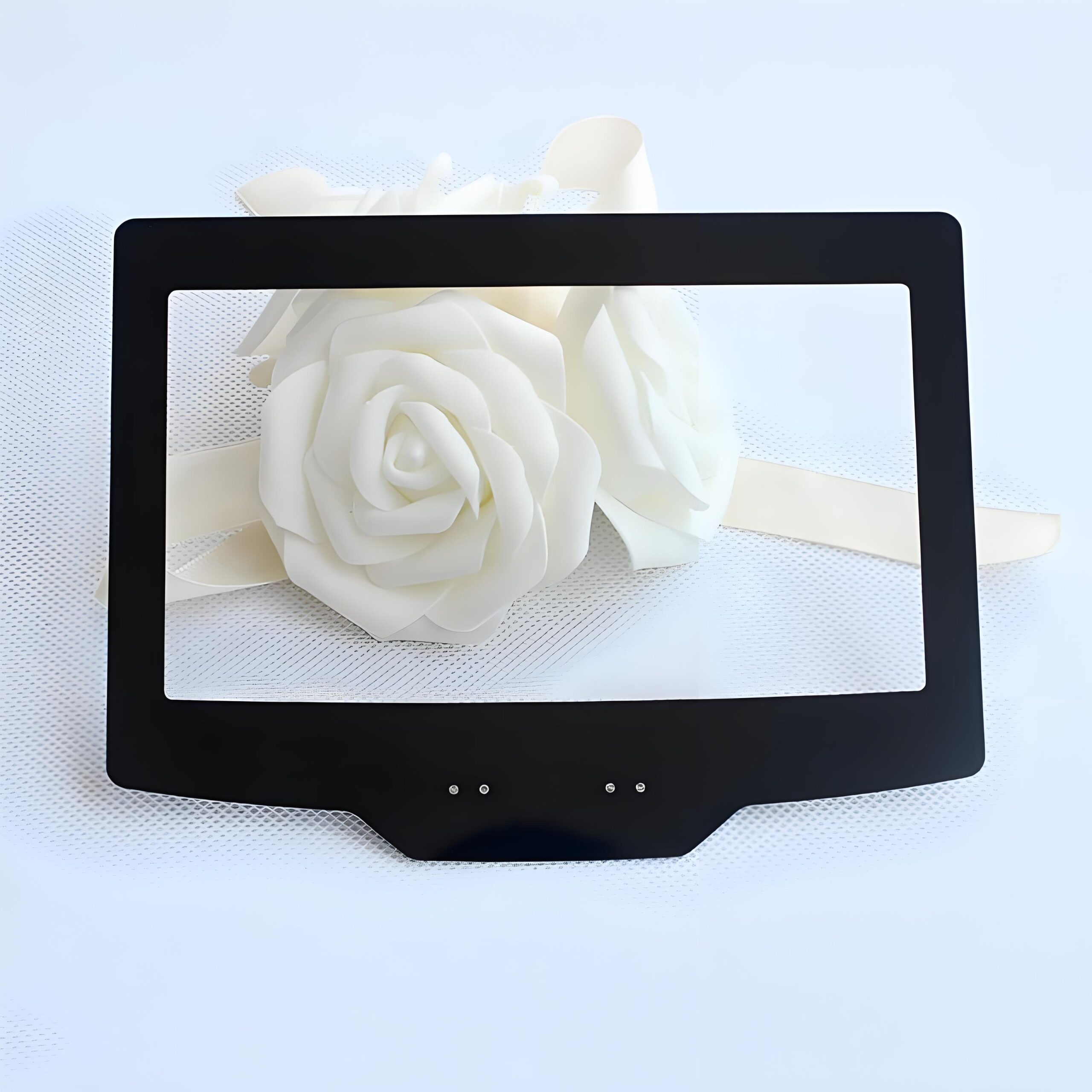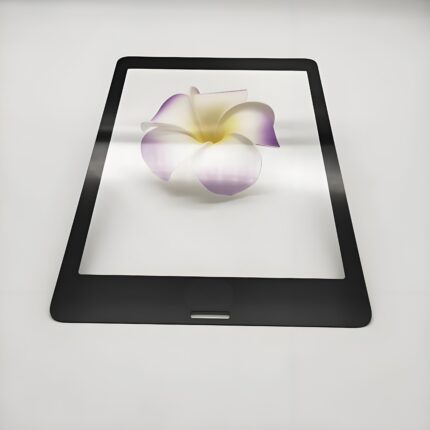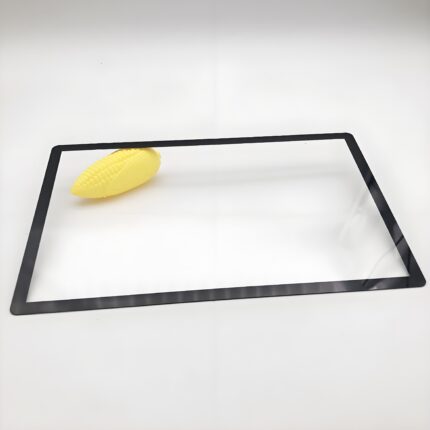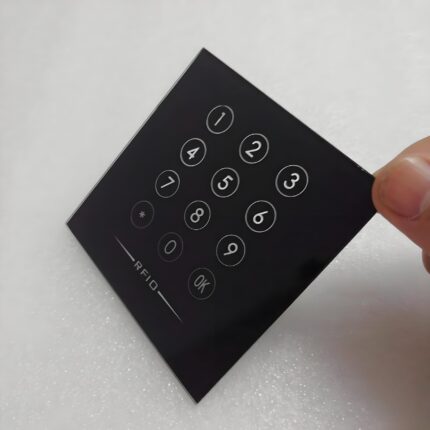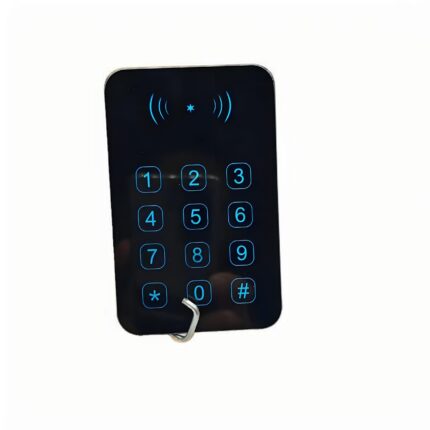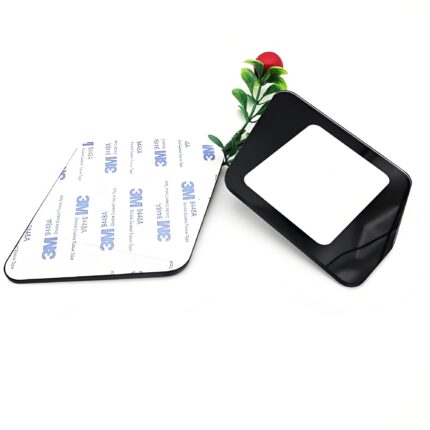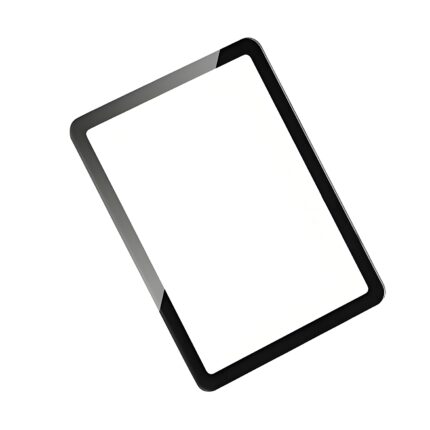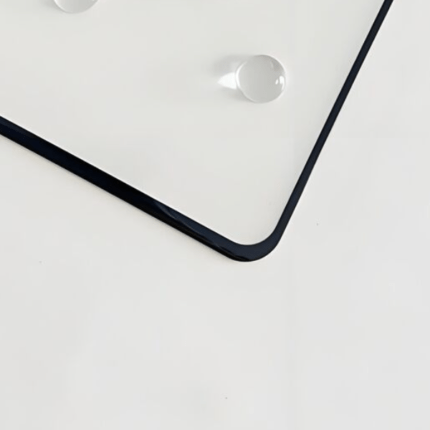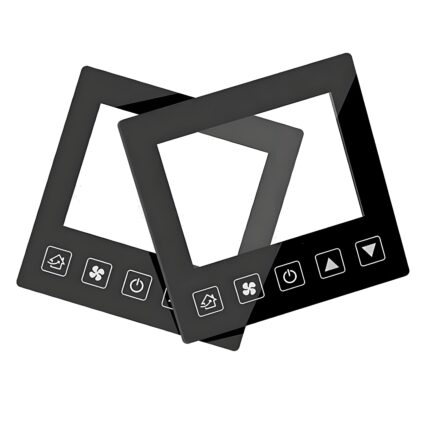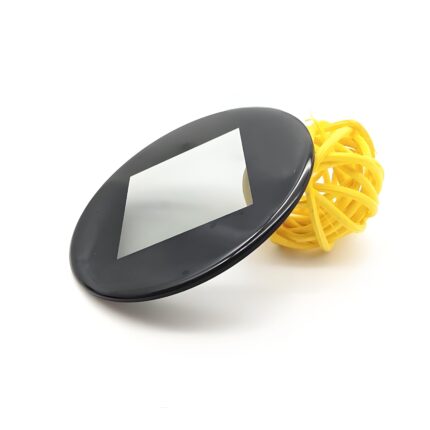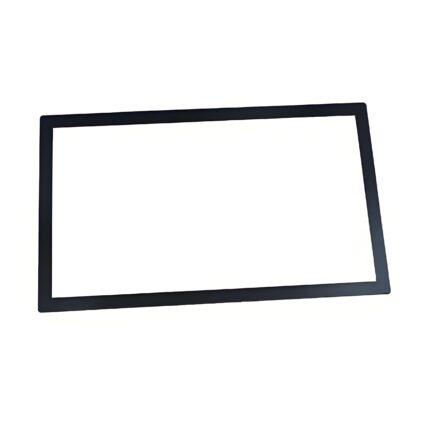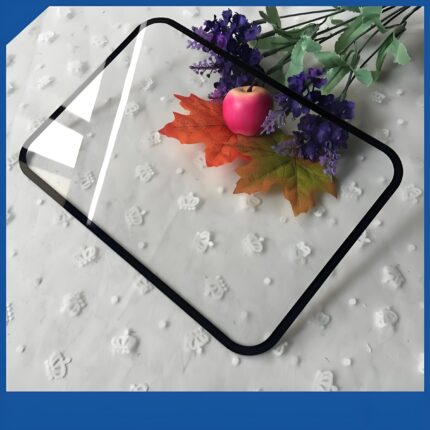Dragontrail Glass as a Cover Solution in Modern Applications
Dragontrail glass is a high-strength aluminosilicate cover glass designed for modern displays. With advanced treatments such as anti-reflective, anti-fingerprint, and anti-glare coatings, it ensures clarity and easy maintenance in daily use. Chemical strengthening further boosts its scratch and impact resistance, making it reliable for smartphones, automotive screens, kiosks, and emerging foldable devices. Thin, durable, and visually clear, Dragontrail glass balances design freedom with long-lasting protection.
Dragontrail Glass as a Cover Solution in Modern Applications
1. Introduction
The expectations placed on cover glass today are much higher than a decade ago. A single material is now required to deliver strength, optical clarity, and resistance to daily wear, while also meeting aesthetic demands. Dragontrail glass, originally developed by AGC, has steadily gained recognition as a material that balances these factors. When combined with advanced surface treatments—anti-reflective (AR), anti-fingerprint (AF), and anti-glare (AG)—and further reinforced by chemical strengthening, Dragontrail glass becomes more than just a protective layer; it becomes a key enabler of reliable and enjoyable user experiences.
2. Understanding the Material
Dragontrail belongs to the family of alkali-aluminosilicate glasses. At first glance, it may look like ordinary transparent glass, but its engineered composition makes it far more resilient. Compared to conventional soda-lime glass, Dragontrail offers higher hardness, excellent scratch resistance, and better impact durability. These features allow manufacturers to design thinner yet stronger devices. Another practical benefit is its safer fracture behavior, which minimizes sharp shards and reduces the risk of injury in case of breakage.
3. Surface Treatment Options
3.1 Anti-Reflective (AR) Layers
One of the more practical challenges for display engineers is reflection in outdoor settings. Even a small percentage of light bouncing off the surface can drastically reduce readability. Adding an AR coating to Dragontrail glass lowers surface reflectivity, resulting in brighter images and better color accuracy under sunlight. This has become almost a necessity in car displays and handheld devices frequently used outdoors.
3.2 Anti-Fingerprint (AF) Coatings
Touch interaction is now central to most devices, but the downside is obvious: fingerprints and smudges. AF coatings, usually based on an oleophobic layer, help resist oil from skin contact. For users, this means a cleaner surface and easier maintenance. In practice, AF-treated Dragontrail glass not only improves visual clarity but also conveys a sense of premium quality each time the screen is touched.
3.3 Anti-Glare (AG) Treatments
Glare is a slightly different problem from reflection. Instead of a direct reflection, strong diffuse light can create a washed-out effect. AG treatment applies a micro-etched or coated surface that scatters light, reducing eye strain while keeping the display legible. This is particularly important in public terminals and industrial panels, where users must interact with a screen for extended periods, often under harsh lighting.
4. Chemical Strengthening
Although Dragontrail is already tougher than most traditional glass types, chemical strengthening pushes its durability even further. The process involves ion exchange in a molten salt bath: sodium ions in the glass surface are replaced with larger potassium ions. This creates compressive stress layers that resist scratches, bending, and impact damage. The result is a cover glass that can survive accidental drops, repetitive touches, and even structural stress in curved or foldable applications.
5. Application Scenarios
5.1 Consumer Electronics
Smartphones, tablets, and wearables are where most people encounter Dragontrail glass. Its slim profile helps keep devices lightweight, while AF and AR coatings make displays enjoyable to use in daily life. For manufacturers, the added durability reduces warranty costs linked to cracked or scratched screens.
5.2 Automotive Displays
Automotive interiors now resemble digital cockpits, with multiple displays integrated into dashboards and consoles. Here, Dragontrail’s AR and AG treatments play a vital role in maintaining readability despite sunlight and changing viewing angles. Its chemical robustness also ensures that the glass can withstand vibrations, temperature cycles, and long-term use without losing clarity.
5.3 Industrial and Public Terminals
Self-service kiosks, ticket machines, and medical displays are often exposed to heavy daily usage. AG coatings make information easier to read under fluorescent lighting, while AF properties keep the surface manageable for constant touch interaction. For operators, the reduced need for frequent replacement lowers long-term maintenance costs.
5.4 Future-Oriented Designs
Foldable and flexible devices are pushing the limits of cover glass. Dragontrail, when chemically strengthened and manufactured in ultra-thin sheets, is already being tested for such emerging products. Beyond electronics, the same qualities—durability, clarity, and safety—make it attractive for use in architecture, healthcare equipment, and even specialty optics.
6. Conclusion
Dragontrail glass is no longer just an alternative to other cover glass solutions; it has become a versatile platform adaptable to many industries. With surface treatments like AR, AF, and AG, and supported by chemical strengthening, it delivers not only protection but also an enhanced user experience. From consumer gadgets to industrial systems and automotive interiors, its role continues to expand as manufacturers seek reliable materials that balance performance, design, and longevity.


